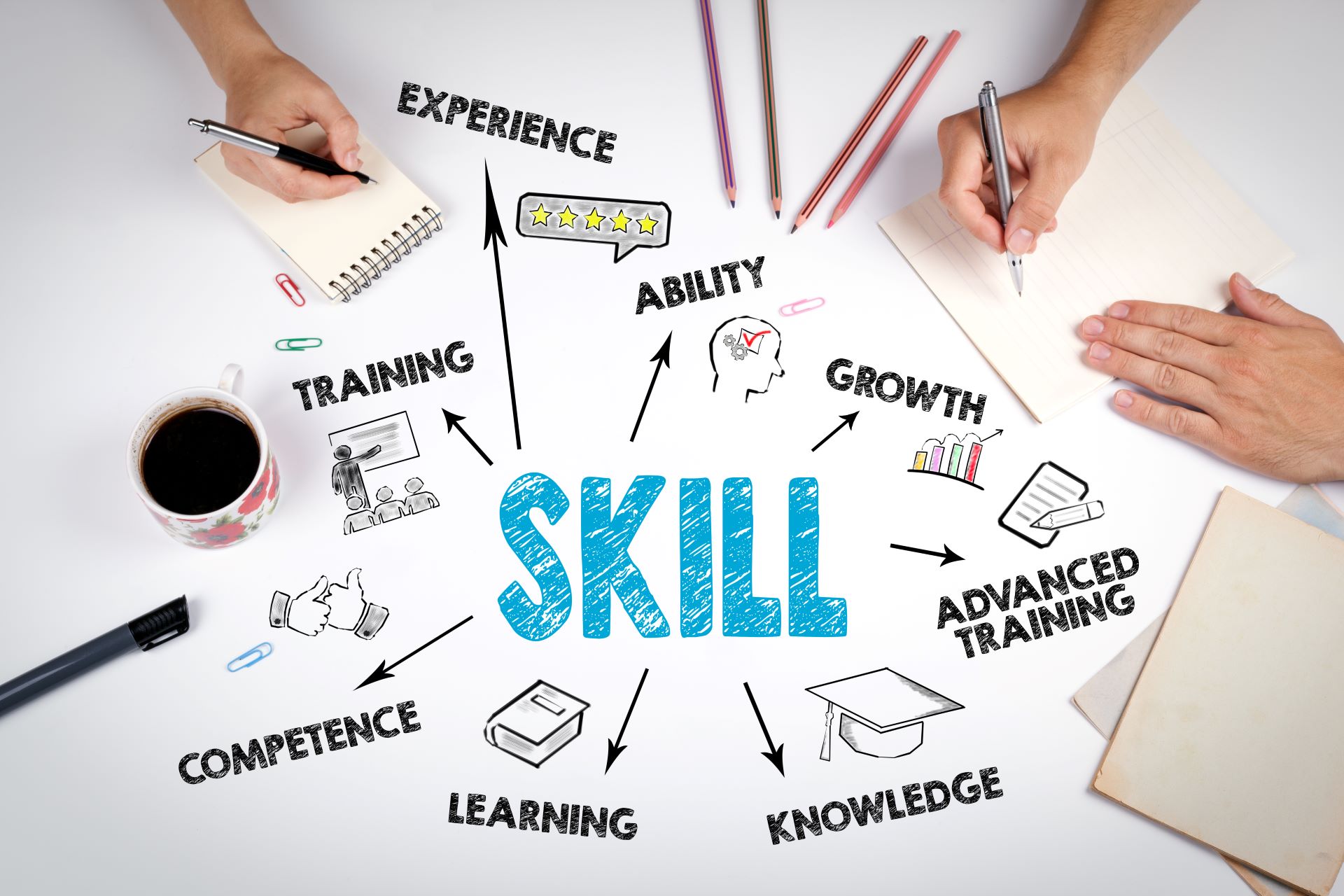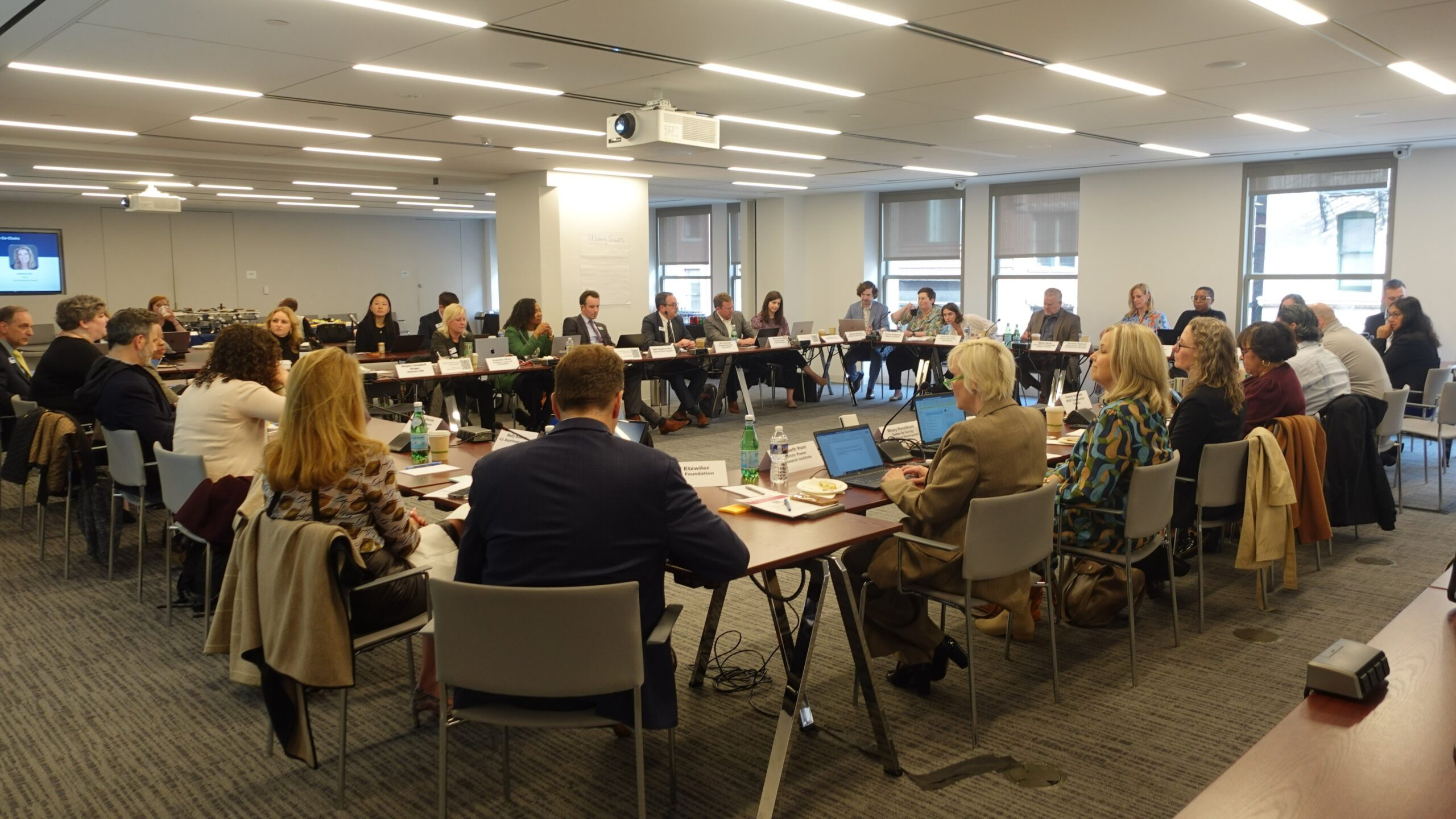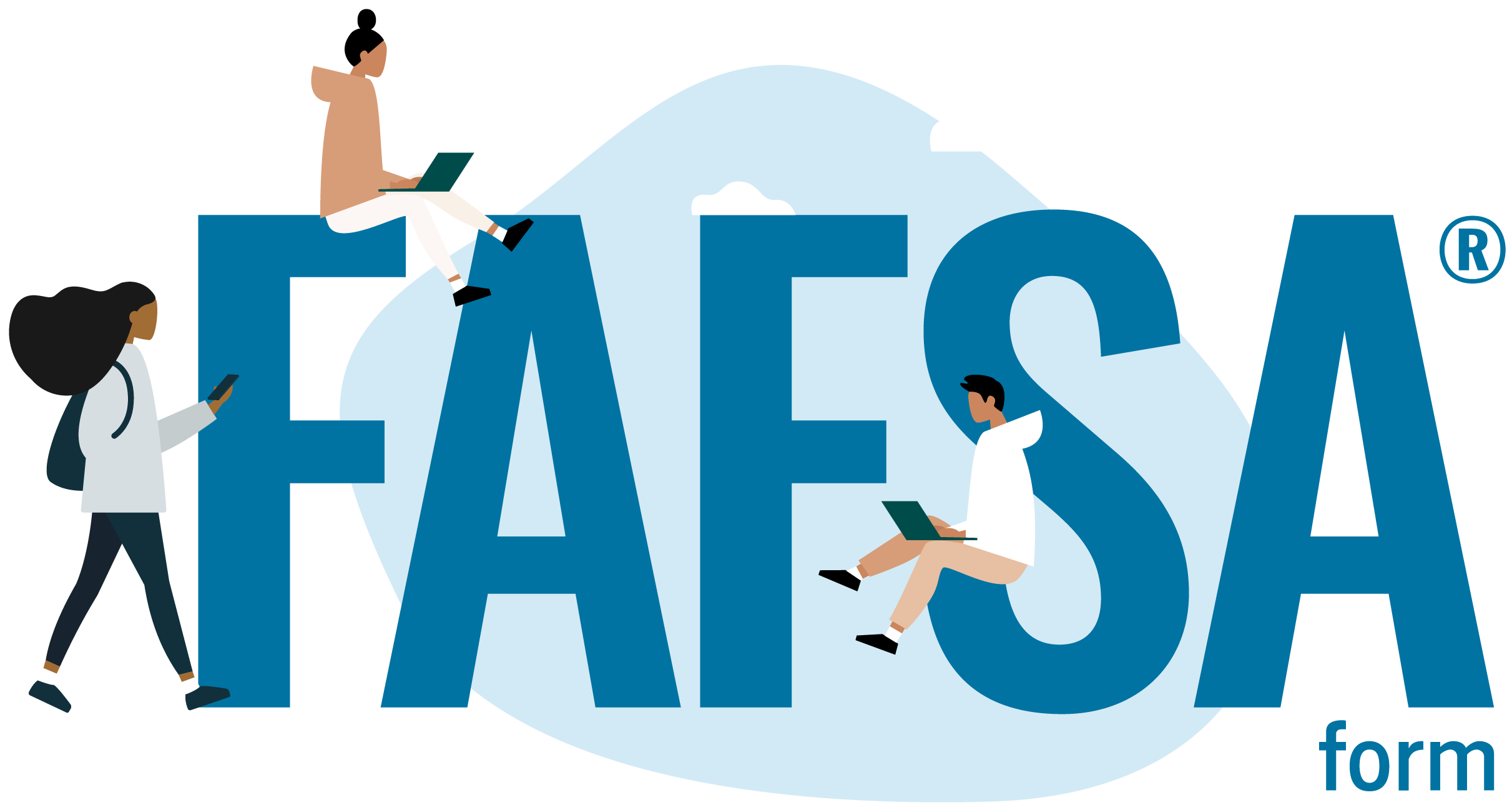This memorandum provides strategies for Governors to reduce the risks of spreading COVID-19 during protests while protecting public safety.
Background
In recent months, mass gatherings in the form of protests and demonstrations have occurred across the country. People have gathered to protest COVID-19 restrictions and closure orders as well as to call for law enforcement reform and racial justice. These events, alongside the COVID-19 public health crisis, have presented challenges for Governors and state public health and public safety officials.
This memorandum provides strategies for Governors to reduce the risks of spreading COVID-19 during protests while protecting public safety. The body of the memo will provide: 1) an overview of a harm- reduction approach; 2) considerations for law enforcement strategies and tactics for protest policing; and 3) opportunities for Governors and senior state officials to minimize the spread of COVID-19.
Harm Reduction Approach
Governors’ offices can leverage lessons learned from previous public-health strategies to prevent other health issues during protests. A harm-reduction approach to protests can serve as an effective way to support protest activity by acknowledging the inherent risks and providing interventions to reduce these risks. Developed initially for adults with substance-use disorders, harm-reduction approaches generally accept continuing levels of risk in society as inevitable and seek to reduce adverse consequences. This perspective emphasizes the measurement of health, social, and economic outcomes, as opposed to the measurement of infection rates.
Governors, at their discretion, may consider a harm-reduction approach to educate protesters about how to minimize risks during protests and modify their behavior to minimize the spread of COVID-19. States may consider providing protesters with the tools and resources to minimize their exposure and the spread of the virus. The following principles of harm reduction can guide decisions:
- Accept that protests will happen and work to minimize the potential for spread of COVID-19;
- Remain objective and noncoercive in the provision of services and resources for those who attend protests;
- Affirm protesters as the primary agents of COVID-19 harm reduction and seek to empower them to support prevention strategies;
- Recognize that poverty, class, racism, social isolation, past trauma, discrimination, and other social inequalities affect an individual’s vulnerability; and
- Avoid minimizing or ignoring the grievances and concerns of protesters.
Implementation of harm reduction principles
Many public health officials have warned that protests can lead to a reduction in social distancing and increase potential exposure to the virus. Newly collected data on protests in 315 of the largest U.S. cities did not find evidence that urban protests reignited COVID-19 case growth. However, researchers speculate that this may be because the study population included non-protesters. With many staying home to avoid the protests, the spread of COVID-19 in the overall population could have been reduced. To prevent the possibility of protests becoming superspreading events (SSEs), more preventive action may be needed to prevent the transmission of the virus. For example, law enforcement and public health officials can adopt infection prevention and control measures and implement timely interventions to help prevent and control COVID-19 at protests. Outlined below are several strategies for safeguarding the right to public assembly while protecting public health:
- Coordinate with protest organizers to select appropriate locations in which to hold protests while respecting social distancing guidelines. Encourage protesters to gather outdoors where social distancing guidelines can be followed and the risk of transmission of the virus is minimized. Preliminary studies have found the potential for transmission in closed-air environments is significantly greater than in open-air settings. Additionally, permitting protests to occur outdoors allows protests to increase in scale should more protesters arrive and require more space to socially distance.
- Adopt and increase infection prevention and control measures. Clean and disinfect shared objects between uses such as public seating, tables, clipboards, and other frequently touched surfaces. Extend cleaning and disinfection requirements to food trucks, food carts, and other pop-up food services. Consider closing areas such as drinking fountains that cannot be adequately cleaned or disinfected during an event. Develop a schedule for increased, routine cleaning and disinfection for trains, buses, and other modes of mass transit that will be used by protesters.
- Develop a communications plan that focuses on individual-level behaviors while promoting harm reduction. Acknowledge in your communication plans that protests are occurring publicly and differentiate protests from other mass gatherings. Celebrate masks as a protective measure for individual and public health. Use a combination of posters, fact sheets, TV/radio messaging, educational materials, and print assets in areas where protest activity is occurring. Leverage the use of social media to target and share resources from public health authorities about social distancing, wearing masks, respiratory etiquette, and testing.
- Improve information sharing and coordination between law enforcement and public health officials. The sharing of information can allow first responders at protests to tailor their operational tactics to engage with protesters given the crowd size and temperament. Coordinate with the state Joint Information Center (JIC) and Fusion Center to receive situational briefs on the status of the protest and share updates. Survey channels of communication used by protesters and other open-source intelligence (such as social media) to determine locations and timing of protests and demonstrations. Share information periodically with public health officials to adjust their communication and outreach strategies to protesters.
- Establish communication channels with protest organizers to assist in planning and avoid any miscommunication on orders. Though decentralization and disorganization among protesters can pose challenges to communication, it may be beneficial for law enforcement to establish channels with protest organizers. If a protest is planned, law enforcement agencies may consider designating certain liaisons or primary points of contact who can serve as a surrogate for law enforcement. Law enforcement can also enhance legitimacy by communicating effectively with the public by using audio amplification equipment to communicate dispersal orders and infection prevention and control practices to protesters.
Law Enforcement Strategies and Tactics in Protest Policing During COVID-19
State law enforcement agencies are often used, particularly during the COVID-19 pandemic, as a coordinating body to engage and provide guidance to local law enforcement agencies for consistent communication and practices across the state. As governors and state leaders coordinate with local law enforcement agencies, the following provides considerations for law enforcement strategies and tactics in responding to protests and mass gatherings.
Use of a differentiated strategy
Experts note that the tactics that law enforcement use to manage protests, including tear gas, rubber bullets, or physical force, can increase tensions between law enforcement and protesters.(See use of riot control agents below.) In situations where law enforcement personnel are the subject of the protest, these tactics may reinforce the resolve of committed protesters. In addition, using tear gas in the context of the COVID-19 pandemic, may increase the spread of the virus. The use of a differentiated strategy may help limit the need for increased use of force and avoid escalation or provocation of an incident. This strategy involves using arrests sparingly, limiting the use of force only to circumstances where it is necessary and unavoidable, and avoiding the use of overly restrictive barriers or other crowd containment methods. A differentiated strategy seeks to use the least restrictive means necessary to defuse conflict between protesters and police. The goal of differentiation is to bolster legitimacy and facilitate continued peaceful participation in protests by the largest number of people possible.
Emphasizing protection of the rights of demonstrators
State law enforcement agencies may consider protest policing tactics that emphasize the protection of the First Amendment rights of demonstrators. To ensure a peaceful demonstration does not evolve into a riot and to protect the safety of the public, many agencies use “extraction techniques” in response to individuals who behave unlawfully. Rather than imposing restrictions on all protesters, officers can seek to engage with specific individuals who may be engaging in illegal activity. Facilitating relationships with protesters allows police agencies to demonstrate their commitment to these rights and can build credibility when police agencies need to deny requests from protesters.
Considerations for the use of force
In the context of protests or civil unrest, officers are likely following guidelines specific to protest policing or riot control. These guidelines may not specify use of force protocols. Experts have noted that clear use of force standards and policies emphasizing de-escalation are key strategies in protest policing. Governors and state public safety officials may, at their discretion, consider developing specific use of force standards and guidelines to support de-escalation for both state and local law enforcement agencies. For example, Governor DeWine of Ohio established the Ohio Collaborative Community Police Advisory Board, which has developed statewide law enforcement standards related to protest policing, including specific use-of- force guidelines.
COVID-19 considerations
In the context of the COVID-19 pandemic, there is an increased health risk to both demonstrators and officers. The following considerations for law enforcement tactics may reduce COVID-19 public health risks.
- Reduce physical contact. Tactics that require close physical contact, such as physically moving protesters or kettling groups, in the context of COVID-19, could increase the risk of virus spread for both officers and protesters.
- Avoid use of riot control agents. The use of riot-control agents such as CS gas (i.e., tear gas) and pepper spray could have significant impacts on both the spread and severity of COVID-19 among protesters. Some experts note that deploying inhalable chemicals activates certain pain-sensing nerves on the skin and in the mucous membranes of the eyes, mouth, and nose. This results in sneezing and coughing that can expose more individuals to the virus, compromise the body’s ability to fight COVID-19, or cause mild or asymptomatic infections to become more severe. While no studies have been completed on the risk of COVID-19 following exposure to CS gas or pepper spray, previous studies have shown that exposing military personnel to CS gas resulted in a heightened risk of those personnel experiencing acute respiratory illnesses.
- Promote and make available personal protective equipment (PPE). Law enforcement agencies may also consider increased use of PPE for officers during mass demonstrations. The use of masks or face shields by law enforcement may help reduce the risk of COVID-19 transmission among the officers as well as between officers and the public. While there is some concern that the use of masks could make communication between officers and protesters more difficult, many law enforcement agencies recognize the need to ensure officer safety as well as reduce possible transmission of the virus among protesters. As many Governors are issuing statements encouraging or even mandating individuals to wear masks when out in public to reduce the spread of COVID-19, law enforcement officers could assist in promoting the use of masks and encourage the public to follow the Governors’ recommendations.
Opportunities for States to Consider
As Governors continue to address the immense public health challenges posed by COVID-19, they are also seeking to manage and respond to ongoing protests and mass gatherings effectively. The following includes opportunities for Governors and states to consider related to increased law enforcement training, provision of PPE, increased testing, and other public health interventions.
- Educate law enforcement agencies on crowd psychology. If the law enforcement approach to a protest is relying on riot-control training, officers may be more likely to escalate an already volatile or excitable group. While most officer trainings focus on tactics, protest policing also requires an understanding of crowd psychology. Instead of treating crowds as single-minded (the widely rejected social contagion model) law enforcement agencies could incorporate the elaborated social identity model (ESIM) into a differentiated response strategy.
- Coordinate with local law enforcement agencies to ensure officers understand the constitutional rights of protesters. Officer training should ensure officers understand the constitutional rights of demonstrators. While the right to public assembly can be limited based on time, place, and manner restrictions, officers should be trained to understand the role they play in protecting community members’ rights under the First Amendment. By understanding their role to protect mass gatherings, officers can more effectively communicate that to demonstrators and promote public trust in law enforcement.
- Emphasize the importance of de-escalation in law enforcement training. Along with an understanding of crowd psychology, training should emphasize the importance of de-escalation and communications tactics in the context of a mass demonstration. Focusing on ensuring state and local law enforcement officers are equipped to handle interactions calmly and professionally can help to prevent a demonstration from becoming a riot. Experts note that “small groups may engage in violence, but if most demonstrators understand and see that the police view their role as facilitating the demonstration while protecting public safety, violence is less likely to spread.”
- Expand access to testing at or near protests. Despite perceived or actual risk of exposure in mass gatherings, individuals have participated in protests throughout the pandemic. Governors’ offices can help support localities by increasing access to testing at or near protests and encouraging protesters to get tested.
- In Massachusetts, 52 free COVID-19 testing sites were made available for anyone who has recently participated in a large gathering. The pop-up testing sites included hospitals, health centers, and CVS pharmacies with either walk-in or appointment-based options.
- In Texas, additional testing resources were sent to areas where protests denouncing police brutality took place. The state worked with local health officials to identify protesters who may have been exposed, quarantining or isolating them as appropriate, and then tracking contacts to break the chain of transmission.
- Expand testing criteria to prioritize testing for protesters. Individuals attending protests are primarily young people who may be infected with the virus but not display any symptoms. They may also live with older populations who may be more susceptible to the virus. Prioritize testing for protesters and communicate a consistent message to the public about who should seek testing and when it is appropriate.
- In New York, the testing criteria for eligible populations were changed to include people who participated in a protest following the death of George Floyd.
- Minnesota also directed doctors to prioritize testing supplies for asymptomatic protesters because the incubation period of the virus following infection is around five days, with a range of two to 14 days.
- Institute community, nonpharmaceutical interventions (NPIs). Targeted and rapidly implemented public health interventions can prevent and mitigate the spread of COVID-19 and reduce disruption of healthcare services and society. When deciding on what NPIs to deploy, state leaders should incorporate a combination of personal, community, and environmental measures in their response. Other considerations include societal and cultural factors, such as the acceptability of adoption of NPIs and understanding of knowledge, attitudes, and practices relevant to COVID-19. The Centers for Disease Control and Prevention has issued COVID-19 recommendations and guidance relevant to NPIs, which, when practiced, can prevent and mitigate the spread of COVID-19. For instance, they have issued recommendations and considerations on wearing masks available here. Information on handwashing is available here.
- Some of the community NPIs that can be deployed at protests include:
- Increasing the availability of handwashing stations and distribution of hand sanitizer;
- Conducting on-site infectious disease surveillance and/or testing;
- Increasing mass-gathering space which will limit contact between attendees; and
- Providing masks, gloves, and other PPE to attendees and law enforcement (use neutral parties such as firefighters, healthcare workers, etc.), to distribute materials to avoid possible conflict).
Conclusion
The confluence of widespread protests and an ongoing pandemic will continue to pose novel challenges to
Governors, states, and law enforcement agencies. However, by considering these strategies, states and
agencies can leverage these challenges as opportunities to bolster public trust while simultaneously helping
to protect the public’s health.
For questions or concerns related to the contents of this memo, please contact NGA staff:
- Carl Amritt (camritt@nga.org; 202.624.5318)
- Nicole Banister (nbanister@nga.org; 202.624.5338)
- David Engleman (dengleman@nga.org; 202.719.2876)
Funding for this memo was made possible (in part) by the Centers for Disease Control and Prevention. The views
expressed do not necessarily reflect the official policies of the Department of Health and Human Services.
All NGA COVID-19 memos can be found here, or visit COVID-19: What You Need To Know for current information on actions States/Territories are taking to address the COVID-19 pandemic; as well as advocacy, policy, and guidance documents for protecting public health and the economy.












